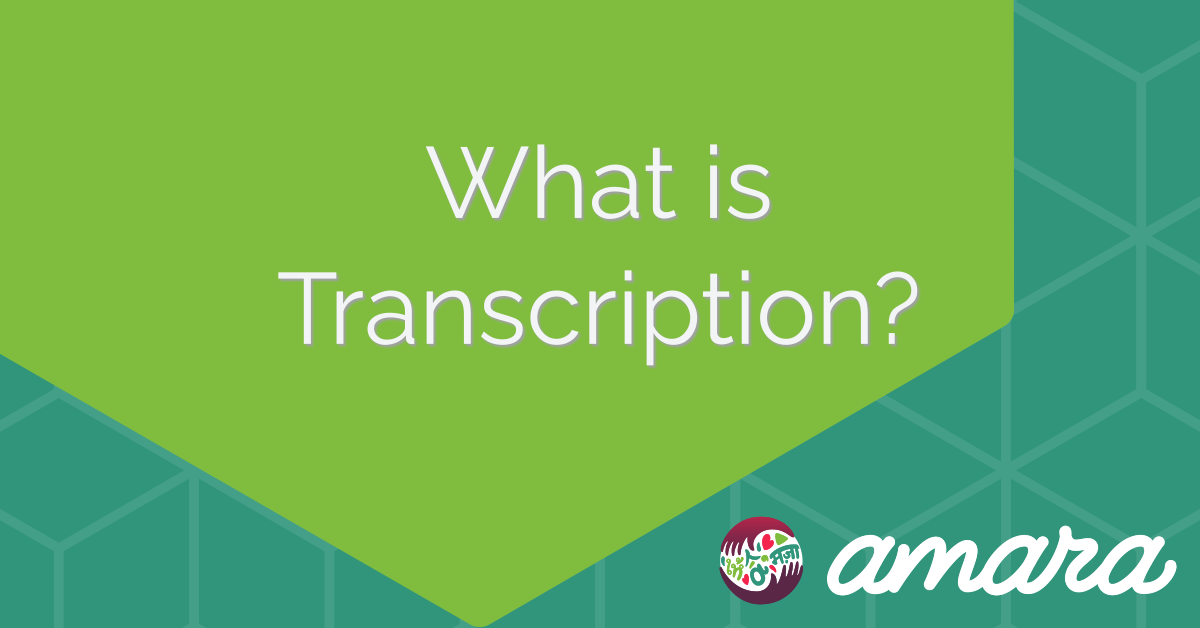What is Transcription?
Transcription is the process of getting spoken or signed language onto paper. Transcription works within one language, taking spoken words or signs and transcribing them into written script. If you create subtitles in the same language as a video, you’re a transcriptionist! Transcription is important because it creates access to videos, provides a reference for…



